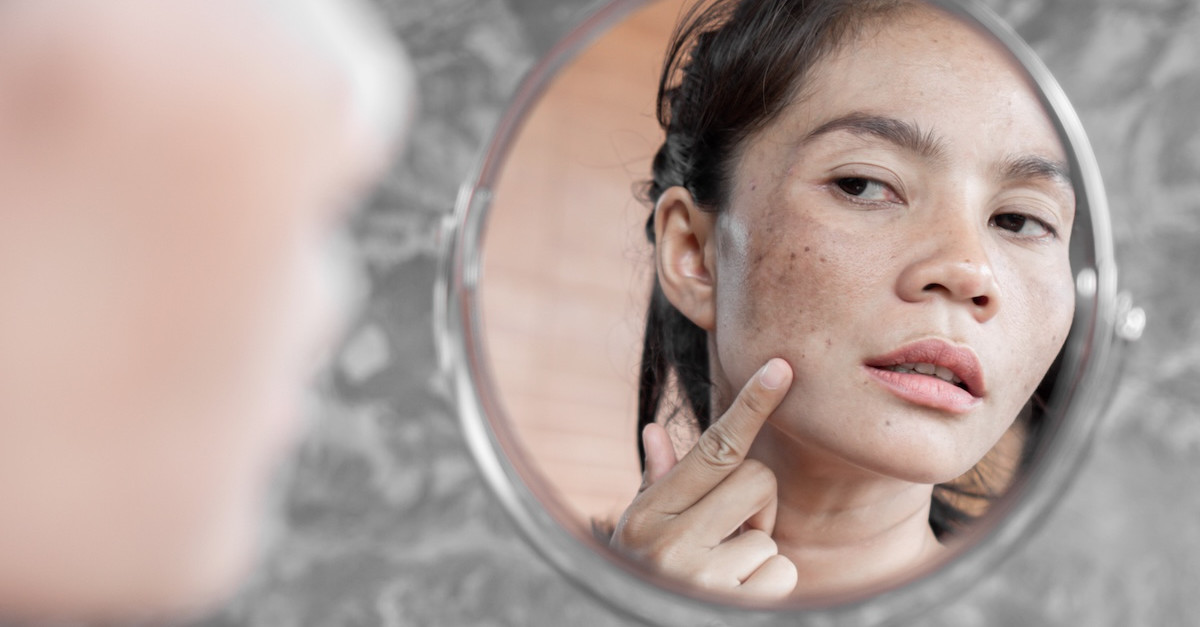We’ve all heard the term “sun spots,” a nickname for a small, sometimes discolored patch of skin caused by too much sun exposure. While the term may sound a bit benign, the harsh reality is that actinic keratosis can signal the beginning of something serious: skin cancer.
What is Actinic Keratosis?
According to the American Academy of Dermatology Association (AAD), more than 40 million Americans develop actinic keratosis annually. This skin condition remains one of the most frequently seen by dermatologists. Why is it so common? Many of us don’t protect our skin as often as we should. Bypassing sunscreen, shade, or protective clothing leaves our skin vulnerable to the sun’s harsh rays. Excessive indoor tanning can be a culprit too.
While our bodies can repair some of this damage, constant sun exposure keeps adding more. Over time, this buildup of damage can lead to changes in the skin that can become the earliest stage of skin cancer development.
Since actinic keratosis usually appears on skin that’s had the most sun damage, growths typically show up on places that tend to get the most sun. This includes the ears, head, neck, face, lips (actinic cheilitis), or hands.
Symptoms can include dry, scaly, or rough bumps. They may even look harmless like a skin irritation, a pimple, an age spot, or a chapped lip. Affected areas can be skin-colored or other colors, including red, pink, gray, yellow, white, brown, or tan.
The most common symptom is a change to the skin. However, some people with precancerous skin lesions experience pain and/or irritation, such as itching, burning or stinging, bleeding, and spots that feel tender or painful when touched.
Actinic Keratosis Diagnosis and Treatment
If you notice a change to your skin, taking quick action and scheduling an evaluation by a dermatologist is imperative. Early diagnosis and treatment can manage actinic keratosis effectively before it develops into skin cancer.
An Olansky Dermatology & Aesthetics provider can point you toward the best type of treatment. The practice offers a full range of options, including as chemical peels or photodynamic laser therapy. Additionally, providers can share an array of prevention strategies.
Olansky Dermatology & Aesthetics Can Help
To discuss possible actinic keratosis or any other potential skin cancer concerns, schedule an appointment online.


